You might need medication to help combat Altitude sickness, also known as acute mountain sickness (AMS), can occur when ascending to high altitudes too quickly, such as when climbing mountains like Kilimanjaro, Mount Kenya, or the Rwenzori Mountains. While there is no guaranteed way to prevent altitude sickness, certain medications can help alleviate symptoms and improve acclimatization. If you have intentions of embarking on a breathtaking journey to conquer the majestic peak of Kilimanjaro, the highest freestanding mountain in the world, you must take into meticulous consideration the profound impact of altitude. While the effects of the thin air and elevated terrain may vary from person to person, it is highly plausible that you will encounter certain unmistakable symptoms of altitude sickness, also commonly referred to as acute mountain sickness (AMS). It is crucial to note that the primary cause of AMS is ascending to lofty altitudes at an astonishing pace, disregarding the body’s need for acclimatization. It is estimated that approximately 75% of courageous individuals who dare to surpass an altitude of 10,000 feet will experience mild to moderate AMS symptoms that serve as a gentle reminder of the unforgiving nature of high-altitude realms. The enigmatic mechanisms behind altitude sickness unfold in a perplexing manner, as even the most audacious adventurers cannot predict with utmost certainty who will succumb to its debilitating grasp. It behooves us to acknowledge that certain individuals, possessing a unique genetic composition, are inherently more susceptible to the perils of altitude sickness. Thus, it remains an enthralling enigma, infused with both mystery and danger, as the unpredictable nature of AMS continues to perplex scientists and adventurers alike. The complex interplay between environmental factors, physiological responses, and individual susceptibility renders altitude sickness an unpredictable and capricious companion on the arduous path to conquering Kilimanjaro. As you embark on this extraordinary expedition, ensuring that your dreams align harmoniously with your body’s capacity to adjust to ever-increasing altitudes becomes an essential undertaking. Respectfully traversing the ethereal landscapes of this awe-inspiring mountain demands an exquisite dance with time and patience, allowing your body to adapt to the unforgiving challenges posed by the rarified air and immense altitude. By pacing yourself, embracing gradual ascents, and acclimatizing well, you increase your chances of unveiling Kilimanjaro’s splendour and conquering its majestic summit, while simultaneously evading the formidable clutches of altitude sickness. Remember, the grandeur of Mount Kilimanjaro awaits, with its towering glaciers, rugged terrains, and awe-inspiring vistas. But it is not a conquest to be taken lightly. It demands unwavering determination, calculated preparation, and utmost respect for the indomitable forces of nature that reign supreme on this celebrated marvel of the Earth. May your journey be filled with resilience, wonder, and a profound sense of accomplishment as you navigate the extraordinary heights and depths of Kilimanjaro, forever etching your name among those who have triumphed over its mighty embrace.
Can you treat altitude sickness using OTC or prescription medications?
Certainly yes, there exists a wide array and plethora of numerous medications that are widely recognized and renowned for effectively facilitating the process of acclimatization and skillfully addressing and alleviating the discomforting symptoms of Acute Mountain Sickness (AMS). Now, without any further ado, let us meticulously and intricately delve into the intricate and specific details about these exceptional over-the-counter or prescription drug medications in the comprehensive and informative section provided below.
1. Ibuprofen (Advil, Motrin, Aleve)
Ibuprofen is widely known for its pain-relieving properties, but it also has the ability to alleviate symptoms of altitude sickness. When climbers reach high altitudes, they often experience varying degrees of headaches due to inflammatory factors that cause blood vessels to become leaky and fluid to accumulate in the brain, resulting in pressure within the skull. By reducing swelling and inflammation, ibuprofen, an anti-inflammatory medication, is able to counteract these effects. Ibuprofen is quickly absorbed by the body and generally well-tolerated. Researchers have discovered that individuals who took ibuprofen were less likely to develop acute mountain sickness compared to those who took a placebo. The recommended dosage for this purpose is 600 mg every 8 hours.
2. Acetazolamide (Diamox)
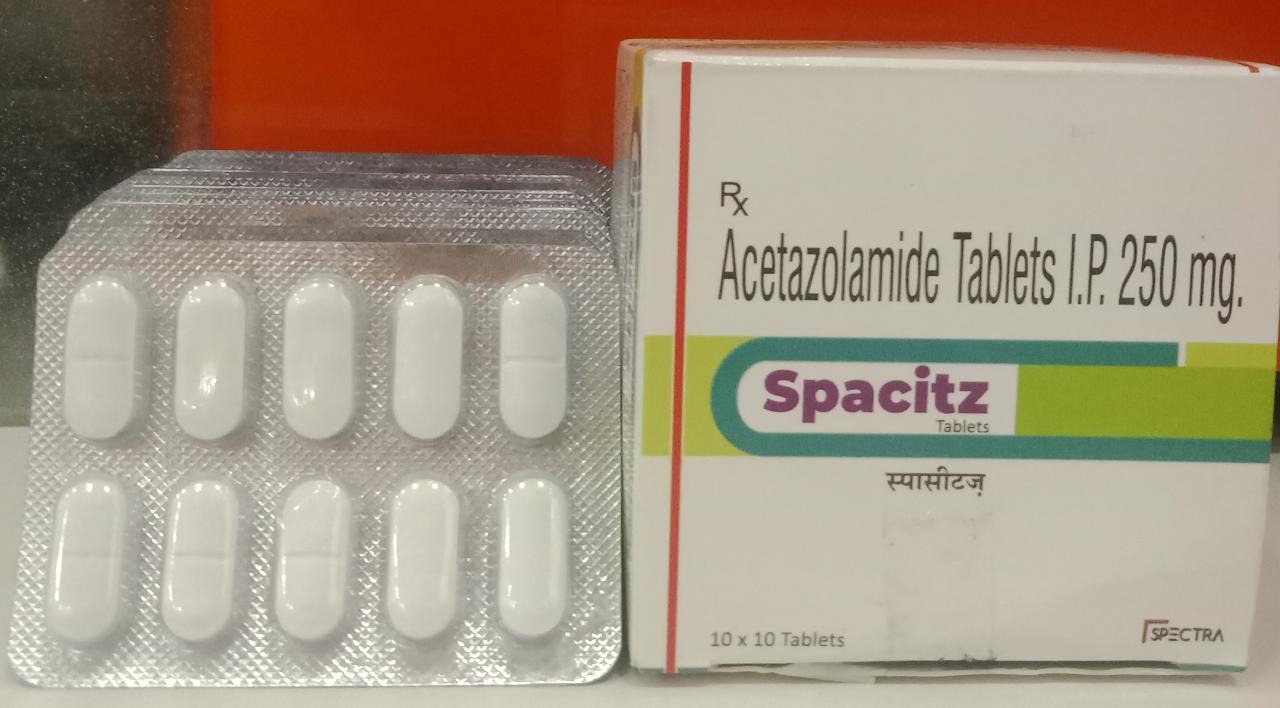 Acetazolamide, commonly known as Diamox, is the most popular and successful medication for preventing Acute Mountain Sickness (AMS). It functions by acidifying the blood, thereby inducing metabolic acidosis. This acidosis then serves as a respiratory stimulant, prompting an increase in ventilation and improving the oxygenation of arterial blood. Simply put, Diamox prompts a quicker breathing rate, which in turn boosts oxygen levels in the body. The recommended dosage ranges from 125 to 250 mg every 12 hours, or alternatively, 500 mg daily. Ideally, it should be initiated 24 hours before beginning the climb and maintained throughout the entire expedition. Diamox boasts a known efficacy rate of 75% in preventing AMS. If you consult a travel clinic prior to embarking on your Kilimanjaro adventure, it is highly likely that you will be prescribed Diamox for acclimatization, rather than any of the alternative medications.
Acetazolamide, commonly known as Diamox, is the most popular and successful medication for preventing Acute Mountain Sickness (AMS). It functions by acidifying the blood, thereby inducing metabolic acidosis. This acidosis then serves as a respiratory stimulant, prompting an increase in ventilation and improving the oxygenation of arterial blood. Simply put, Diamox prompts a quicker breathing rate, which in turn boosts oxygen levels in the body. The recommended dosage ranges from 125 to 250 mg every 12 hours, or alternatively, 500 mg daily. Ideally, it should be initiated 24 hours before beginning the climb and maintained throughout the entire expedition. Diamox boasts a known efficacy rate of 75% in preventing AMS. If you consult a travel clinic prior to embarking on your Kilimanjaro adventure, it is highly likely that you will be prescribed Diamox for acclimatization, rather than any of the alternative medications.
3. Dexamethasone (Decadron)
High Altitude Cerebral Edema is a severe type of altitude sickness where the brain swells and loses its normal functioning. Dexamethasone, a potent hormone with strong anti-inflammatory properties, is used to treat brain edema. Unlike acetazolamide, which helps the body acclimatize to high altitudes, dexamethasone only alleviates the symptoms. It does not aid in acclimatization itself. Therefore, individuals using dexamethasone should not continue ascending. Instead, it should be taken to relieve the symptoms while either remaining at the current altitude or, ideally, while descending. While dexamethasone is not regularly recommended as a preventative treatment for AMS or High Altitude Pulmonary Edema (HAPE), it may lower the risk of developing HAPE and AMS in individuals who are susceptible to these conditions. The recommended dosage is 4 mg, with a gap of 6 hours between each dose. Generally, people experience an improvement in symptoms within approximately 6 hours after taking dexamethasone.
4. Sildenafil (Viagra)
When exposed to high altitudes, the blood vessels in our bodies undergo constriction, commonly known as pulmonary vasoconstriction. As a result, the heart is put under increased stress, potentially leading to heart failure. Moreover, the pressures in the pulmonary artery rise, causing the blood vessels in the lungs to leak fluid. This condition, referred to as high-altitude pulmonary edema (HAPE), can be fatal. However, Viagra acts as a vasodilator, meaning it relaxes the blood vessels. This relaxation allows for improved blood flow through the vessels, counteracting the constriction caused by high altitude. Consequently, the pressure on the heart and lungs is reduced. Medical professionals use the term “pulmonary artery pressure” to describe this reduction. Additionally, Viagra helps to minimize the formation of fluid in the lungs that leads to pulmonary edema, lowering the risk of heart failure and HAPE. Furthermore, Viagra has been found to enhance the delivery of oxygen to muscles, thereby improving physical endurance. Researchers observed that participants experienced significant improvements in cardiovascular and exercise performance measures when taking Viagra. These improvements led to an increase in output of up to 45%. To ensure the desired effect, it is recommended to take a 50 milligram dose of sildenafil, the active ingredient in Viagra, every eight hours.
5. Nifedipine (Adalat, Procardia)
Nifedipine bears resemblance to Viagra, however, it is a milder medication that also decreases the pressure in the pulmonary artery. This dihydropyridine calcium channel blocker is predominantly utilized to treat hypertension. Nifedipine has the ability to widen the pulmonary artery, resulting in alleviation of chest constriction and improvement in breathing. It is recommended to take a 20mg slow-release capsule every 8 hours or a 30mg slow-release capsule every 12 hours.
 Anti-nausea Medications:
Anti-nausea Medications:
Medications such as promethazine or ondansetron can help alleviate nausea and vomiting associated with altitude sickness while climbing mountains like Mount Kenya, Mount Kilimanjaro, Rwenzori mountains, Mount Meru, and Ol Doinyo Lengai. These drugs can be particularly helpful for individuals who experience gastrointestinal symptoms at high altitudes.
Oxygen:
In addition to medications, supplemental oxygen can be used to alleviate symptoms of altitude sickness. Portable oxygen systems are often carried by guides on high-altitude treks and can provide relief for individuals experiencing severe symptoms.
Do these medications treat altitude sickness?
It’s important to note that while these medications can help alleviate symptoms of altitude sickness, they do not treat the underlying cause, which is the body’s inability to acclimatize to high altitudes. Therefore, it’s essential to ascend gradually, stay well-hydrated, and listen to your body’s signals. If symptoms of altitude sickness persist or worsen, it’s crucial to descend to a lower altitude immediately and seek medical attention if necessary. Additionally, it’s recommended to consult with a healthcare professional before taking any medications for altitude sickness, as individual medical history and conditions may affect their suitability and dosage.
![]()

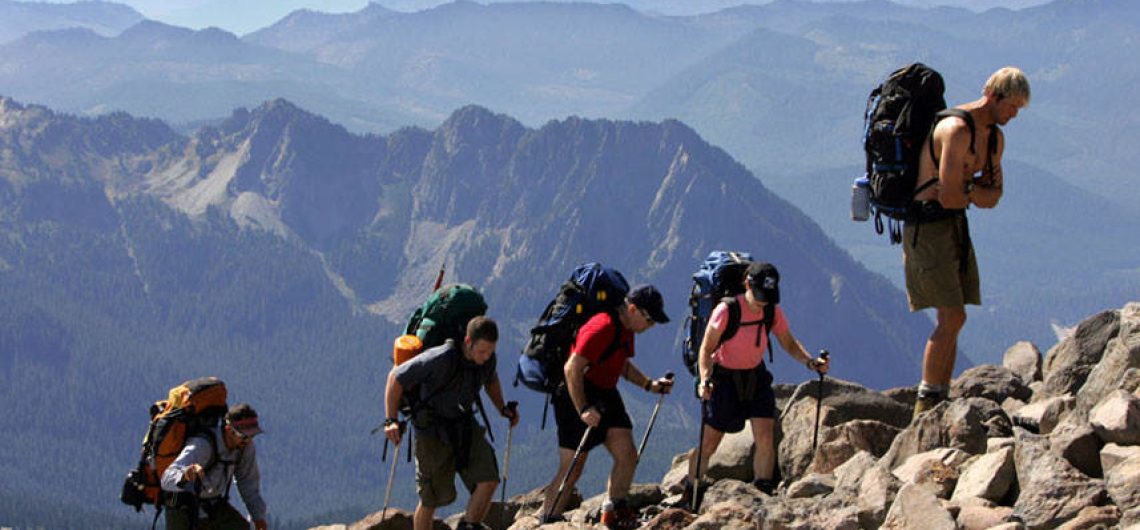
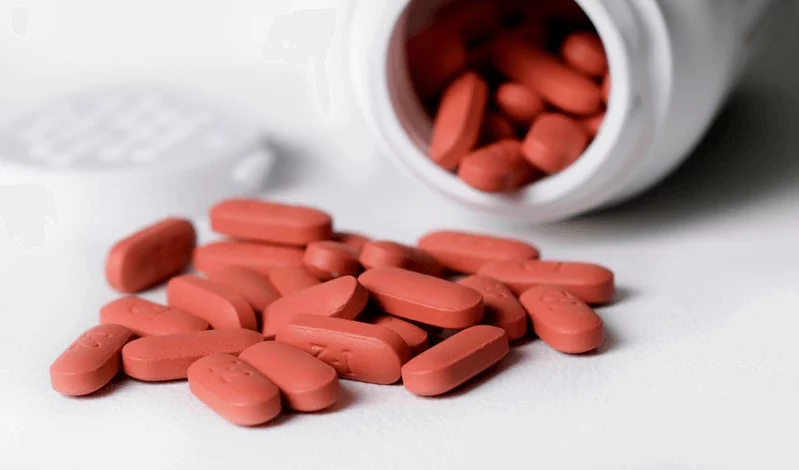
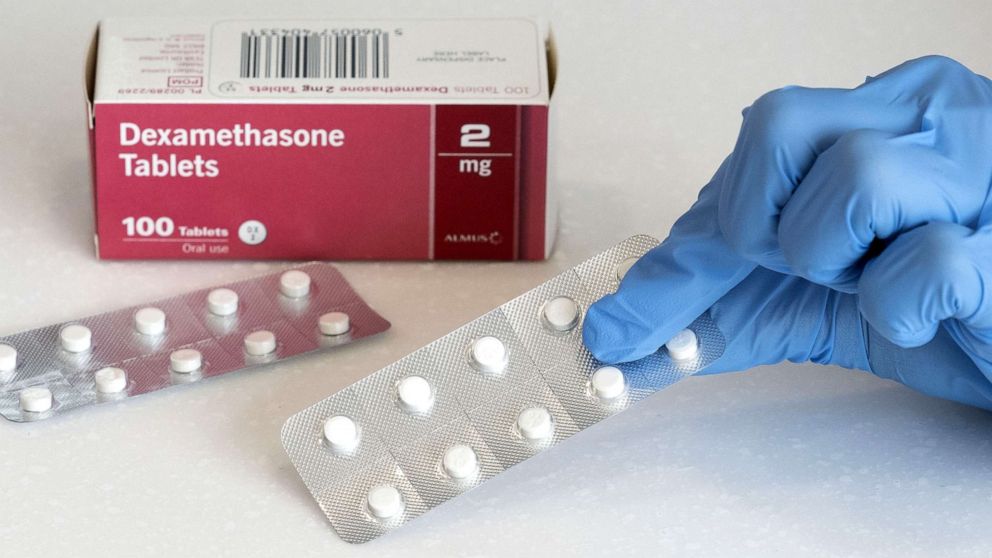
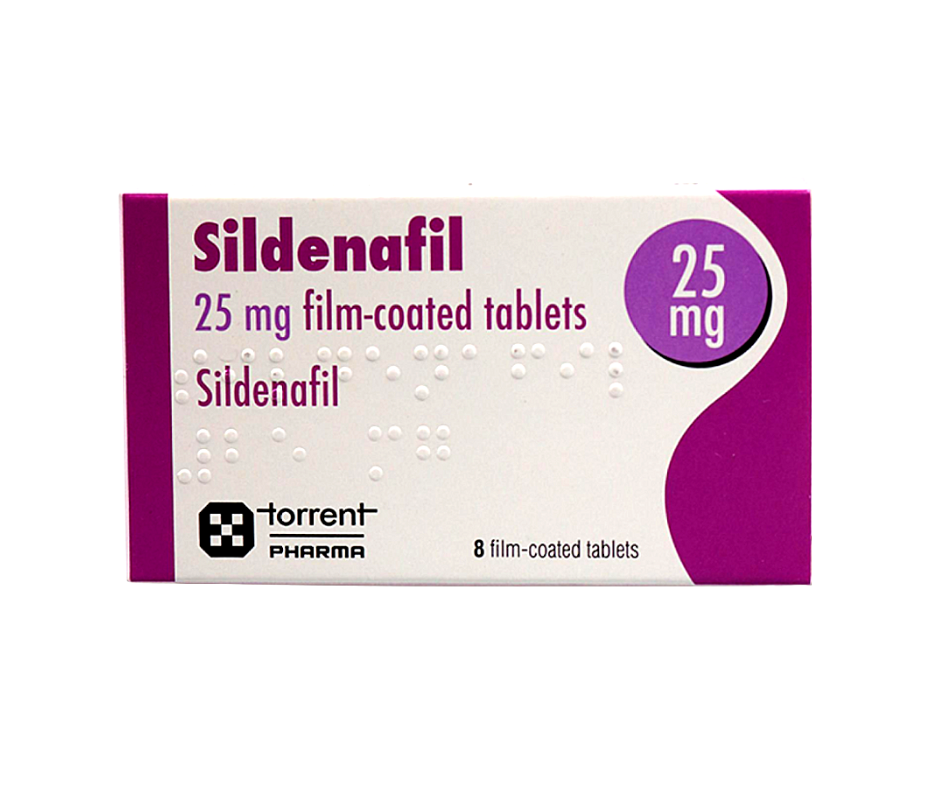
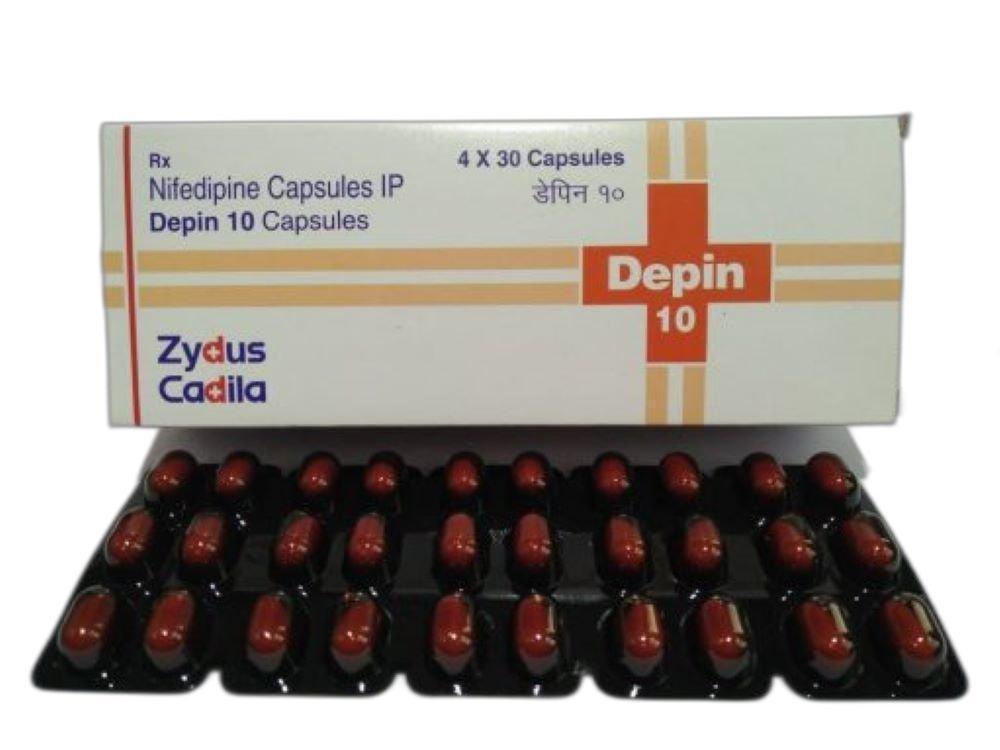 Anti-nausea Medications:
Anti-nausea Medications:
Comments